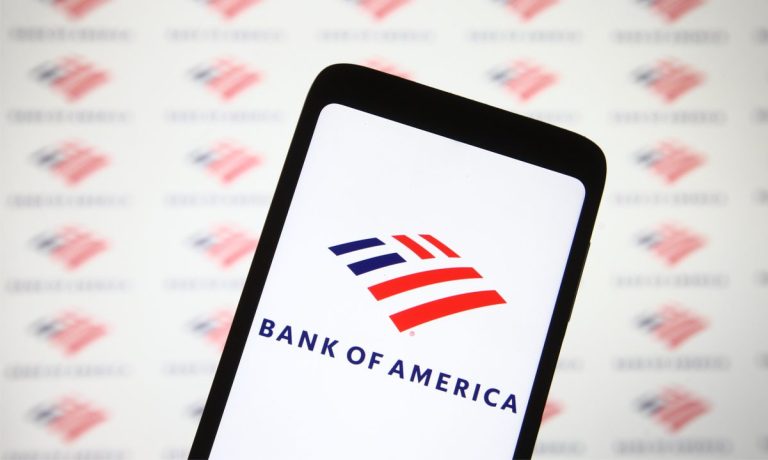
Following launches in the Netherlands, Ireland and the U.K., Bank of America is bringing its virtual account management (VAM) tool to the U.S.
As the company said in a news release Tuesday (June 14), the solution lets companies set up virtual accounts that serve as sub-ledger accounts tied to a physical account.
“Large companies today typically have a complex account structure creating challenges for real time visibility and reconciliation,” said Liba Saiovici, head of Global Receivables in Global Transaction Services at Bank of America. “Our VAM solution will assist clients who wish to streamline their bank account structures and drive greater efficiency in their treasury operations and global liquidity management.”
According to Bank of America, the tool lets treasurers create a virtual account within 24 hours and view its transactions in real time, along with transactions connected to other virtual accounts paired with the same physical account.
The bank said its VAM solution can be integrated with all major enterprise resource planning systems and “supports intercompany movement of funds across Virtual Accounts for complex treasury management operations.”
Bank of America said VAM will support ACH, wire, lockbox, check disbursements, in-house lockboxes and remote deposits. The program is set to arrive in other countries in Europe, Latin America and Asia throughout the remainder of 2022 and into next year.
Last month, PYMNTS interviewed Jennifer Petty, Bank of America’s managing director of treasury product, who spoke of an increased urgency to embrace digital commercial transactions as working from home becomes ever more firmly entrenched.
See also: Buried B2B Payments Shortcuts Often Hiding in Plain Sight
“We’ve seen a 50% increase in customers coming to us month over month to talk to us about digitization,” Petty said. As those clients become more comfortable with digital payments, they modernize transactions to and from their end consumers.
“We’re in an economy where clients are very focused on expenses and focused on how they can improve their working capital,” Petty told PYMNTS, adding that “we are able to see the ins and outs of data through really trying to streamline payments. And there’s a lot of information that we can use to help those firms get from digital ‘Point A to Point B.’”